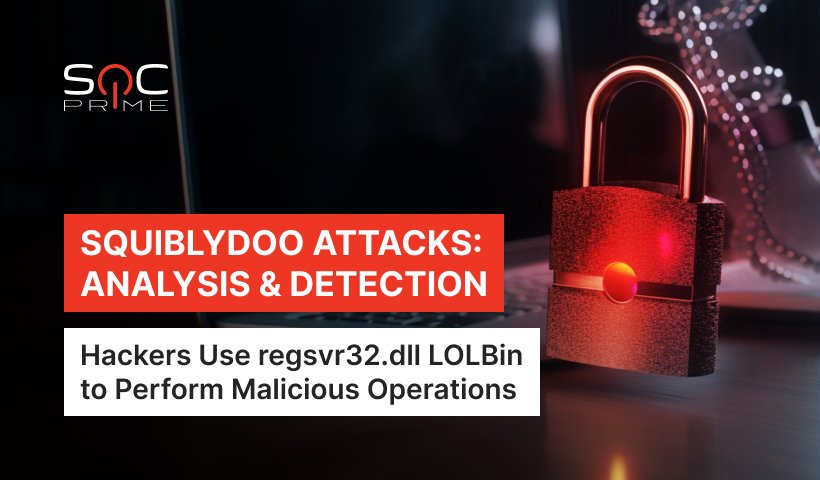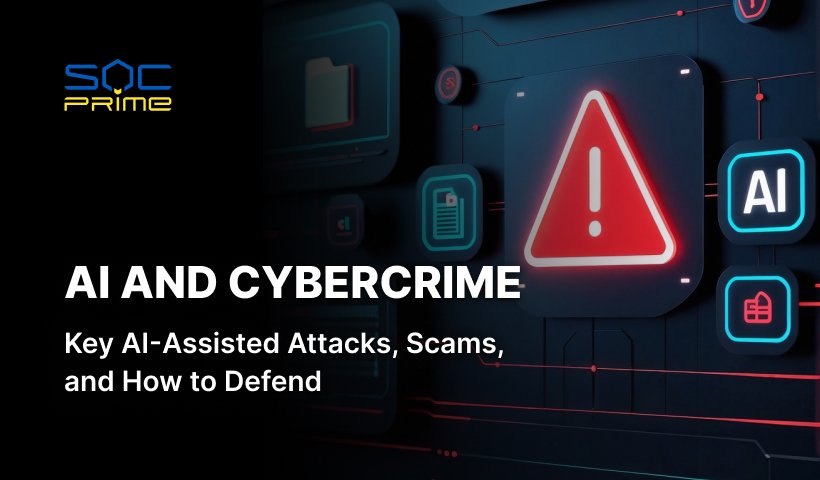Squiblydoo Attack Analysis, Detection, and Mitigation

Table of contents:
In the dynamic and ever-changing realm of cybersecurity, attackers demonstrate unwavering determination as they continuously come up with innovative techniques to circumvent security measures and infiltrate systems that cannot be easily deemed vulnerable. One such technique that has gained prominence is the Squiblydoo attack. This attack specifically targets the exploitation of legitimate applications or files that are built into the operating system. By leveraging these trusted applications, attackers can effectively evade detection and execute malicious scripts on targeted machines, posing a significant risk to organizations’ cybersecurity posture.
At its core, the Squiblydoo technique grants unauthorized scripts the ability to run on machines that are exclusively configured to allow authorized scripts. Even systems with strict security measures in place can fall victim to this attack. Attackers with regular user privileges can download and execute scripts stored on remote servers, circumventing the established security protocols. The use of known applications in this attack provides a cloak of legitimacy, making the detection and remediation of such malicious activities even more challenging.
Squiblydoo specifically leverages regsvr32.dll, commonly referred to as a LOLBin (Living Off the Land binary). LOLBins are legitimate binaries that sophisticated threat actors frequently misuse to perform malicious operations. Another popular example of a LOLBin is CertReq.exe, which can be abused by attackers to upload and download small malicious files.
The regsvr32.dll binary is part of the operating system, which is intended for legitimate purposes. However, attackers exploit its functionality to directly load a COM scriptlet from the internet and execute it without triggering security mechanisms. By employing this approach, Squiblydoo effectively evades traditional security measures and infiltrates targeted systems, potentially leading to severe consequences such as unauthorized access, data breaches, or the installation of additional malicious payloads.
This article provides an analysis of the Squiblydoo attack, its detection, technique description, and the attack flow, and provides recommendations to mitigate the related risks.
Squiblydoo Attack Detection
To enable organizations to proactively detect and hunt for Squiblydoo attacks related to the exploitation of the LOLBin regsvr32.exe binary in the offensive operations, SOC Prime Platform offers a set of relevant Sigma rules aligned with the MITRE ATT&CK® framework and automatically convertible to the industry-leading SIEM, EDR, and XDR solutions.
Click the Explore Detections button below to instantly access the entire collection of Sigma related to the Squiblydoo technique. All detections are enriched with CTI, ATT&CK links, and more actionable cyber threat contexts.
Squiblydoo Threat Timeline
The Squiblydoo attack leverages the LOLBin binary regsvr32.exe, a legitimate command-line utility for registering and unregistering DLLs and ActiveX controls in the Windows Registry. Attackers take advantage of the unexpected side effects of LOLBins to execute malicious scripts and payloads on compromised machines. In this attack, the regsvr32.exe utility is applied to download a malicious XML or JavaScript (JS) file from a command and control server. The scrobj.dll DLL facilitates the execution of the downloaded script or payload, enabling the attacker to perform various malicious activities, including the deployment of spyware, trojans, or coin miners.
Triggering alerts when suspicious activities associated with the Squiblydoo technique are identified include “Malicious process command” notifications, which are triggered when regsvr32.exe is used in conjunction with HTTP requests or scrobj.dll.
The attack flow of Squiblydoo involves the execution of commands and interaction with different processes. By analyzing the technique, security researchers can gain insights into the malicious activities and payloads involved. The demonstration of Squiblydoo’s capability to execute arbitrary code through the regsvr32.exe command highlights the potential risks associated with LOLBins and the need for robust security measures. The attack flow also shows the use of PowerShell commands executed from CMD.exe to download multiple .txt files from command and control servers, further demonstrating the attacker’s intent to exploit system vulnerabilities.
What is Squiblydoo?
Squiblydoo is a technique used to bypass security products by utilizing legitimate and known applications or files that are built into the operating system by default. This technique provides a way for an unapproved script to run on a machine that is set up to allow only approved scripts to run. Squiblydoo describes the specific usage of regsvr32.dll (LOLBin) to load a COM scriptlet directly from the internet and execute it in a way that bypasses security protections.
Detection of the System Binary Proxy Execution technique, specifically the Regsvr32 subtechnique, provides moderate coverage for the Defense Evasion tactic in the ATT&CK framework.
Casey Smith at Red Canary originally documented the Squiblydoo technique, although the blog post containing the information is currently unavailable.
The Squiblydoo’s ability to exploit legitimate applications and files, combined with its capacity to evade traditional security measures, makes it a formidable technique that can pose a challenge to cyber defenders. By understanding the attack’s intricacies, deploying appropriate detection and prevention measures, and fostering a security-conscious culture, organizations can bolster their defenses against this technique and better safeguard their systems and data.
Recommendations and Mitigation Measures
The Squiblydoo attack presents a significant threat to organizations, as it bypasses security measures by utilizing legitimate applications and files. Understanding the Squiblydoo attack is crucial for effective detection and prevention. Organizations need robust security solutions capable of recognizing the indicators and patterns associated with this attack technique. Detection mechanisms should include monitoring for suspicious activities related to the utilization of regsvr32.dll, such as abnormal command-line arguments or unexpected network connections. By promptly identifying and responding to these signs, security teams can minimize the potential impact of the attack and mitigate associated risks.
Blocking traffic to malicious domains or IP addresses associated with the attack is another crucial step in mitigating Squiblydoo’s impact. Organizations can limit communication with C2 servers by implementing network-level controls and disrupting the attacker’s operations. Disconnecting compromised hosts from the network can help thwart the attack and prevent further damage. Implementing strong access controls, limiting user privileges, and regularly patching systems are essential steps in reducing the attack surface. Additionally, employing advanced threat detection systems that can identify and flag suspicious script execution attempts is crucial. Security awareness training for users is also vital to ensure they remain vigilant against social engineering attempts that may lead to the execution of malicious scripts.
Another crucial step is investigating incidents according to the established policies. Conducting a thorough analysis of the attack vectors, compromised systems, and potential data exfiltration can provide valuable insights into the attacker’s motives and techniques. This information can be used to strengthen defenses, patch vulnerabilities, and improve overall security posture.
The Squiblydoo technique serves as a reminder of cyber threats’ constant innovation and adaptability and requires careful attention from cyber defenders. By understanding the techniques employed by attackers, organizations can better prepare themselves to detect, prevent, and respond effectively to such attacks. Implementing proactive security measures, leveraging advanced threat detection systems, and following best practices are essential in safeguarding systems and data from evolving cyber threats like Squiblydoo.
SOC Prime Platform equips aspiring and seasoned cyber defenders with a cutting-edge toolkit for advanced detection engineering and threat hunting backed by its powerful solutions, Threat Detection Marketplace, Uncoder AI, and Attack Detective. Explore the world’s fastest feed of security news and the largest repository of Sigma rules for current and emerging threats, streamline your detection engineering procedures with Sigma and ATT&CK autocompletion, and identify blind spots in your detection stack in less than 300 seconds to be ready to fix them on time and risk-optimize your cybersecurity posture.



